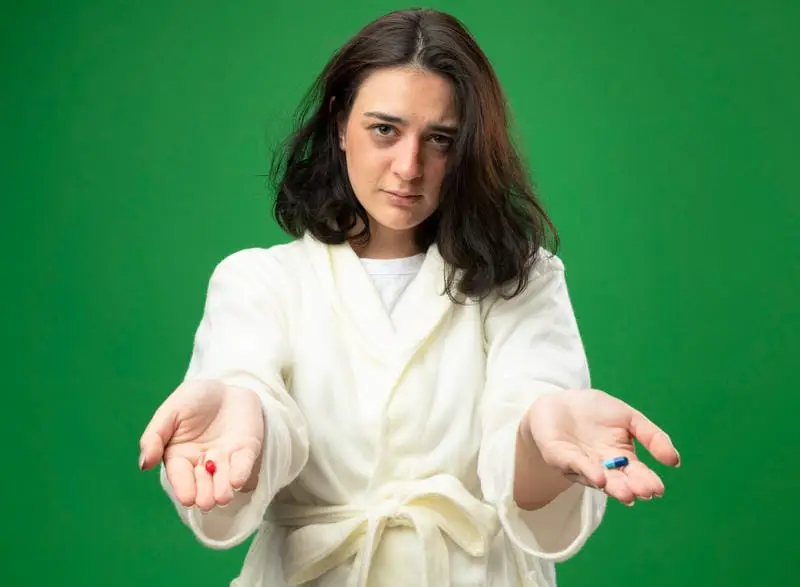- Published on: Sep 22, 2021
- 2 minute read
- By: Second Medic Expert
How Effective Is Breast Cancer Screening?
Mammograms are a type of screening where images of the breast tissue are taken. Mammograms detect breast cancer cells in mammary glands, as well as identify growths and tumors that might not be found at a physical exam. A mammogram is basically a high-quality picture that takes different views from all angles to show anything off from tissues to cysts or clots hidden within the breasts.
The overwhelming majority of women with breast cancer have no identifiable risk factors and their tumors were detected by screening mammography. But about 85% of the time, a mammographic abnormality found through routine screening is benign and will never cause a woman any harm during her lifetime. The potential to save lives from breast cancer overshadows this downside, but it brings up questions about whether we're just creating an environment where lots of people must endure unnecessary follow-up tests that come back negative for the disease.
Breast cancer screening is very effective if done on a regular basis. It's often called the "mammogram." The bigger picture is this- mammograms may reduce mortality rates by about 20%. This means for every 1,000 women who are screened annually for breast cancer without mammography, 10 women may avoid death due to breast cancer specifically. With mammography alone, there are likely six saved lives for each 1,000. Screening mammography has been shown to reduce the risk of dying from breast cancer by 27%.
The reduction in mortality is small and only applies to women who go for screening. Women who do not go for screening have a similar mortality rate as women in control groups.
For every 2000 women screened, one life is saved; however, at this same time, 10 healthy women will be told they have breast cancer when they do not (false positives) and 16 will be falsely reassured (false negatives). It's important to remember that many lives lost because of breast cancer would most likely occur even if resources were directed elsewhere. For example, 40% of cases are attributable to weight gain, smoking or lack of exercise.
One study found that mammograms reduced breast cancer mortality rates by about 25%. For facilities providing mammograms, this is a strong return on investment. For facilities providing other types of breast health services (i.e., breastfeeding support), no randomized controlled trial has been done to date which can provide sufficient evidence for its effectiveness in reducing the incidence of breast cancer among at-risk women or reducing mortality rates associated with breast cancer if diagnosed.
Mammography's benefit does not come from any effect on breast cancer cells themselves, but rather it comes from the detection of breast tissue changes through comparisons between images taken at different times. It is not radiation-based and doesn't use ionizing radiation - so it has no harm associated with imaging techniques that use ionizing radiation, such as CT scans. Mammograms are painless and low risk to patient health.
What Screening Means:
-It's a screening when mammograms and breast physicals find small abnormalities in the breasts that we can't feel by touching/ looking. The study and observation of these abnormalities are called a "screening," and may lead to further diagnostic tests, such as biopsies or mammograms, depending on what else is found during the examination.
- No matter how often you have it done, there are no guarantees--it's possible for these screenings to miss tumors/disease if they are small enough or scattered under enough fatty tissue... but screening finds many more abnormalities than would occur without screening.
The two screening methods used to detect cancer at an early stage when it can be most effectively treated are breast self-exam and mammography.
Screening saves lives by picking up cancer before they become life-threatening and putting patients in the early stage of treatment when they have the best prognosis. It also identifies people who may need further evaluation or follow-up care to look for other types of cancerous cells that are not detectable during the current screening test. Mammographic breast cancer screen is revolutionary because it does so much more than just looking for tumors. Screening programs have dramatically reduced incidence rates of advanced disease, improved diagnosis, led to earlier detection, improved survival rates, and improved quality of life."
There are two commonly used types of breast cancer screening. One is mammography, which uses X-rays to examine the breasts in detail. The other is breast ultrasound screening. Results from either type can lead to a biopsy that will be analyzed to determine whether there may be cancerous activity present in the breast tissue (see below for more information on these tests). It's currently unclear what proportion of cancers detected by screening would go undetected without mammography and ultrasound screenings.
Our Services
Request A Callback
Recent Posts
TB disease symptoms
Dec 26,2025
early signs of hormonal imbalance
Dec 26,2025
common nutritional deficiencies in adults
Dec 26,2025
how air pollution impacts respiratory health
Dec 26,2025









